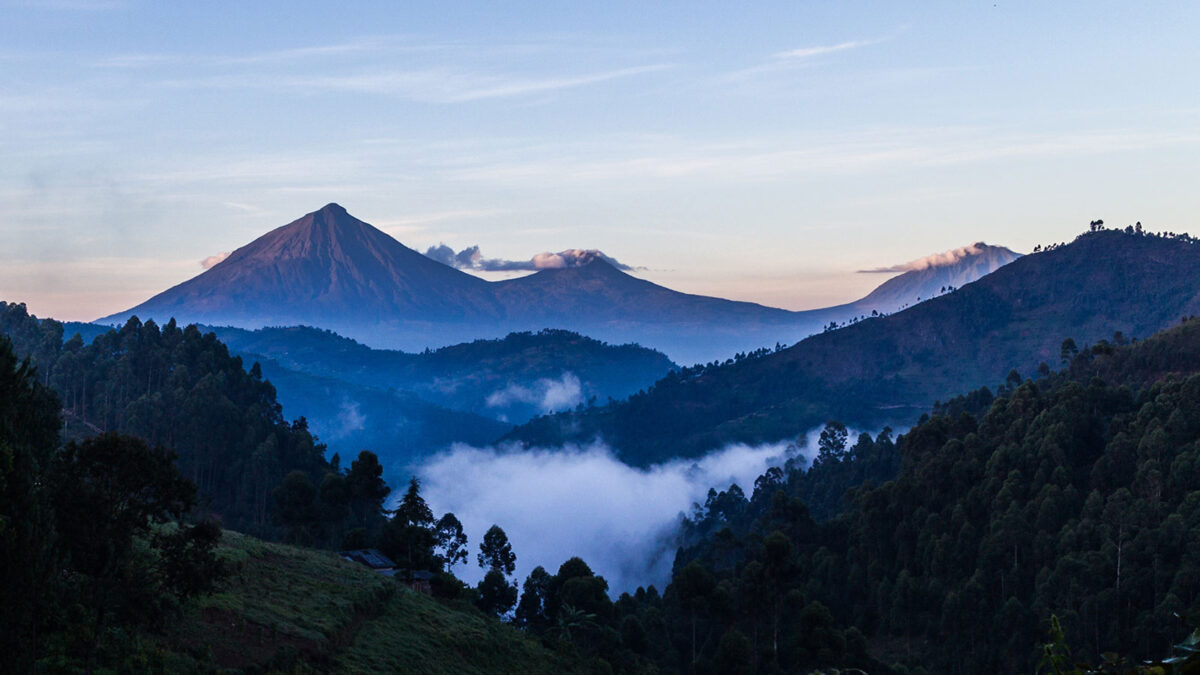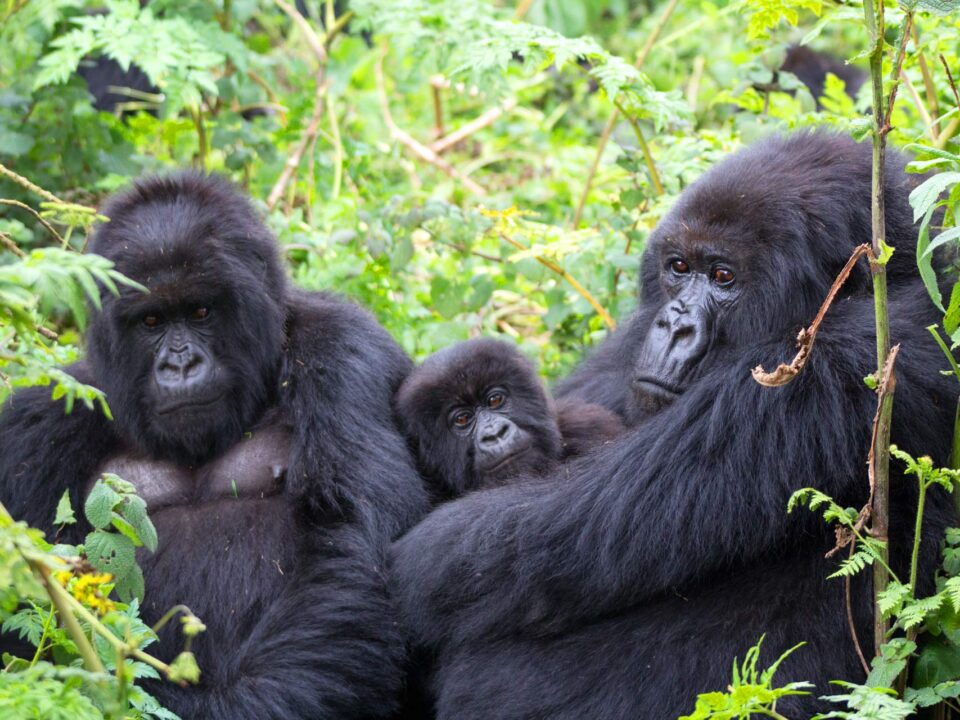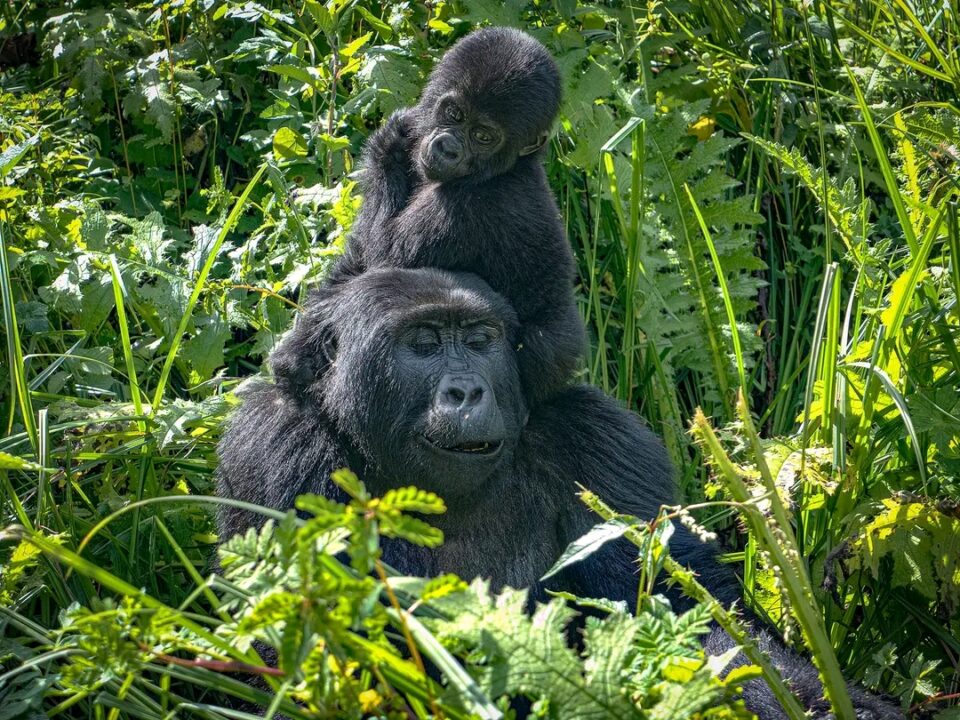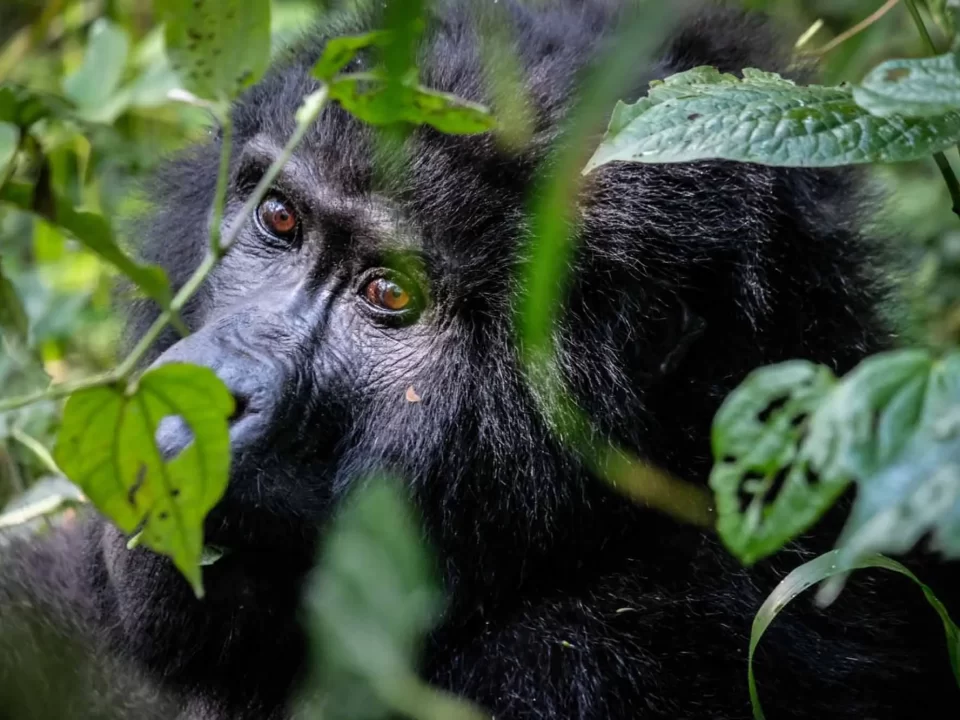Water Falls and Nature Walks in Bwindi Forest

Driving Distance from Akagera National Park to Kigali City
August 10, 2023
Bwindi Gorilla Tracking by Bus
August 14, 2023Exploring Waterfalls and Nature Walks in Bwindi Forest
A Journey into Natural Wonders – Amidst the lush embrace of Bwindi Impenetrable Forest, an array of enchanting trails beckon, each offering a unique encounter with nature’s splendor. These trails unveil an exquisite tapestry of waterfalls, indigenous flora, and the chance to immerse yourself in the realm of captivating wildlife. Guided by experienced Uganda wildlife ranger guides, who serve not only as protectors but also as knowledgeable companions, you are invited to delve into a world where nature’s beauty and wilderness unite.
Diving into Nature’s Marvels: Trail Variety and Exploration
Your journey embarks upon diverse trails that cater to your distinct interests. Among these pathways, some lead you to hidden waterfalls, their cascading waters inviting you to a refreshing plunge. Every step is accompanied by the presence of a vigilant Uganda wildlife ranger guide, ensuring your safety while providing insightful guidance through the intricate forest terrain. The trails unfurl before you, each a gateway to a unique adventure: Buhoma – Nkuringo Trail, a 4-5 hour expedition crossing the national park; the Rushura Hill Walk, a captivating trail shared by both Congo and Uganda; the Muyanga Waterfall Walk, an immersive experience in the heart of nature’s grandeur; the Ivi River Walk, a 14-kilometer journey lasting approximately 7 hours; and the Muzubijiro Loop, a 6-kilometer exploration that weaves around the hills, offering encounters with primates and avian wonders.
The Mystique of Bwindi Impenetrable Forest National Park
Nestled within the embrace of southwestern Uganda, Bwindi Impenetrable Forest National Park reveals its allure at the edge of the rift valley. Aptly named, this natural wonder stands as a sanctuary where the impenetrable forest holds within its embrace a plethora of breathtaking biodiversity. The park’s expanse extends to the border of the Democratic Republic of Congo (DRC) on its western side, while Kabale town to the southeast stands as the nearest main town, situated 29 kilometers away by road. Encompassing a sprawling area of 331 square kilometers, the park thrives amidst the heights of Kigezi highlands, its altitude ranging from 1,190 to 2,607 meters above sea level. A significant portion, 60% of this enchanting landscape, graces elevations exceeding 2,000 meters above sea level. The pinnacle of this elevation is crowned by Rwamunyonyi Hill at the eastern edge, while the park’s northern tip marks its lowest point.
Gorillas and Nature: A Shared Symphony
While Bwindi Impenetrable Forest National Park gained global recognition for its iconic gorilla tracking experiences, the symphony of the forest’s wonders extends far beyond. The forest shelters a substantial portion, more than half, of the world’s remaining Mountain Gorilla population. A remarkable testament to nature’s resilience, over 360 individuals of these gentle giants inhabit the forest’s depths, accounting for a substantial portion of the approximately 800 plus Mountain Gorillas found worldwide. These awe-inspiring creatures, however, teeter on the brink of endangerment due to factors such as poaching, habitat loss, and diseases. Among Uganda’s National Parks, Bwindi National Park stands as a vital source of revenue for the Uganda Wildlife Authority, a reminder of the shared responsibility to safeguard these majestic beings and their habitat.
The Epicenter of Gorilla Tracking
Bwindi Impenetrable National Park, a designated UNESCO World Heritage Site, has risen to prominence as a premier destination for the unforgettable experience of gorilla tracking. This exceptional adventure, a highlight in East Africa and Uganda, allows visitors to venture into the heart of the forest and meet the mountain gorillas in their natural habitat. Spread across four sectors—Buhoma, Ruhija, Nkuringo, and Rushaga—the park welcomes various gorilla families. Each day, groups of up to eight tourists have the privilege to journey into the gorillas’ domain, guided and protected by Uganda Wildlife Authority rangers. This conservation endeavor exemplifies the collaborative effort to secure the survival of these incredible creatures.
Nature’s Palette and Habitat: Bwindi’s Ecological Canvas
Bwindi Impenetrable National Park emerges as a pristine tropical rainforest, where temperatures range from a minimum of 7–15°C to a maximum of 20–27°C annually. Rainfall, an integral part of the forest’s vitality, varies from 1,400 to 1,900 millimeters each year. The months of March to April and September to November witness the peak of rainfalls. The park’s captivating allure extends to its diverse attractions, including waterfalls, swamps, and rivers that meander through its verdant expanse. These watercourses, such as River Ntegyere and River Ishasha, infuse the landscape with life.
Bwindi’s Evolution and Preservation
The story of Bwindi National Park is woven through the annals of time. Originally named “Crown Forest” in 1932, it encompassed two blocks—the north and south, with the latter designated as Kasatora Crown Forest. The park’s transformation occurred in 1991, when it emerged as Bwindi Impenetrable Forest National Park, spanning 330.8 kilometers. This designation brought new dimensions of conservation to the forefront, impacting even the Batwa people who were restricted from entering the park.
A Sanctuary for Wildlife and Cultural Heritage
Bwindi Impenetrable National Park, a haven for mountain gorillas, envelops its diverse inhabitants with protection and care. The park’s extensive fauna community forms an intricate tapestry, showcasing the delicate balance of nature’s creations. In the 1960s and 1970s, the park played a role in capturing mountain gorillas for captivity, a practice that bore minimal success in rearing baby gorillas.
Gorilla Trekking
The heart of Bwindi Impenetrable Forest National Park beats with the rhythm of gorilla trekking—an experience that marries adventure and conservation. Among its towering trees and lush vegetation, over seventeen gorilla families reside, inviting curious tourists to partake in this profound encounter. With each gorilla family welcoming up to eight visitors daily, the journey traverses the terrain from 30 minutes to three-quarters of the day. Once in the presence of these majestic beings, you are granted an intimate hour to observe their natural behavior. A single Gorilla Trekking permit, priced at USD800.00 per trek, opens the gateway to this remarkable experience. It’s worth noting that this endeavor can be physically demanding, requiring a certain level of fitness.
Gorilla Habituation Experience
Bwindi Impenetrable National Park extends an invitation to engage in the Gorilla Habituation Experience—an in-depth exploration that delves into the lives of gorillas. This immersive four-hour journey unveils the intricacies of gorilla habituation, allowing you to join researchers as they study and habituate these remarkable creatures. Priced at USD 1500.00 per person per trek, this unique adventure unveils the secrets of gorilla life as you spend hours tracing their fresh trails.
Bird Watching
Bwindi’s allure isn’t limited to the world of primates. The park offers a vibrant haven for birdwatchers, boasting over 346 bird species that grace its skies. Enthusiasts can relish extended moments of bird-watching, seeking out captivating species such as the honey guide, dusky crimson, yellow eye, black fly catcher, and the bar-tailed trogon, among others.
Embarking on the Journey: Access and Seasons
Bwindi Impenetrable National Park welcomes explorers from various paths. Accessible from Kampala/Entebbe or even from Rwanda through Kigali International Airport, the journey offers multiple routes to this natural wonder. The accessibility from Kigali presents a shorter drive of 4-5 hours compared to the 8-10 hours from Entebbe International Airport. Whether bathed in the warmth of summer or adorned by the hues of autumn, Bwindi Impenetrable National Park extends its embrace throughout the year, inviting visitors to experience its enchantment. Through the meticulous arrangements of Trek Africa Expeditions, the opportunity to partake in waterfalls and nature walks in Bwindi Impenetrable National Park becomes an unforgettable reality.




